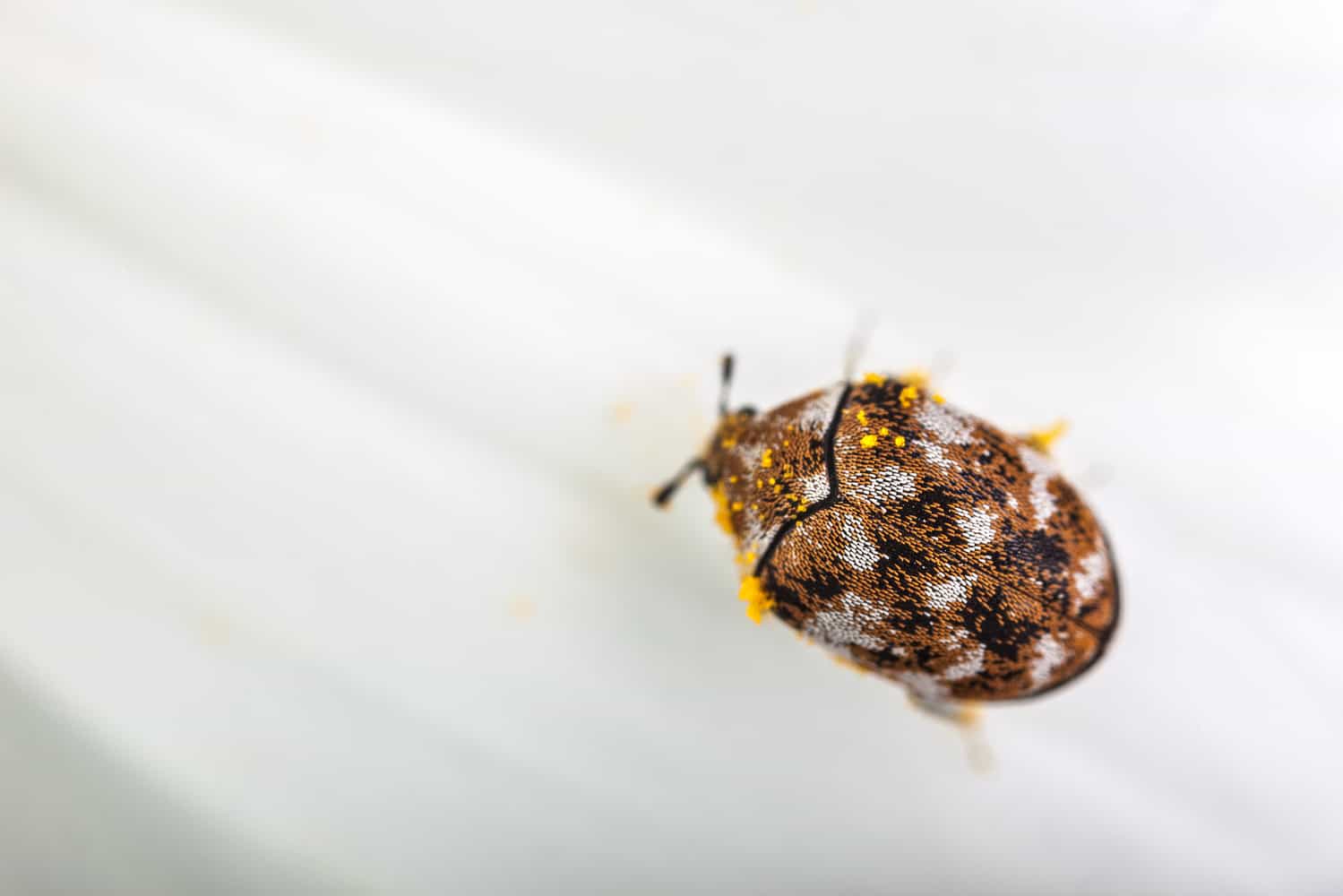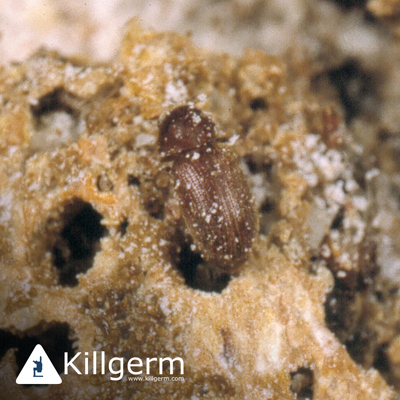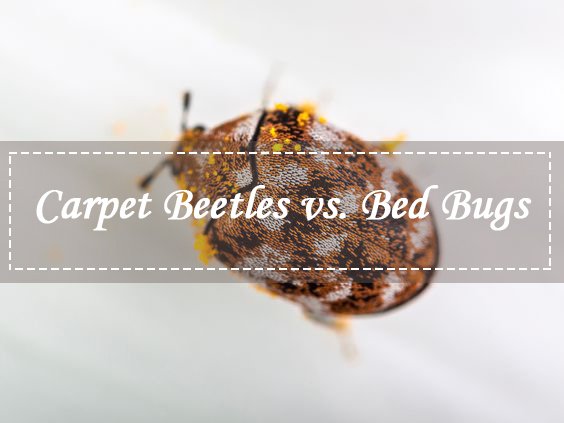
Although they do not feed and only live for a few weeks, adult biscuit beetles can fly. There are many different food sources for them to choose from, including pet food, leather, and dry stored foods such as grains.

There are a lot of biscuit beetles found in warmer areas, particularly shops and food storage facilities. If a pest control company can help, they will be able to remove an infestation. It is critical to thoroughly clean the area, inspecting all cracks, corners, and crevices. The biscuit beetles can be found in almost any room, including work surfaces and window frames.
#Biscuit beetle in bed professional#
As a result, a professional pest control expert should be consulted if you want to catch the pest before it strikes. They are close relatives and mistaken for the Common Furniture Beetle (woodworm).
#Biscuit beetle in bed how to#
In this article, we’ll discuss the various ways to kill biscuit beetles and how to prevent them from coming back.Ī biscuit beetle is a small, hard-shelled, reddish-brown insect with an oval-shaped body covered in short yellowish hairs on its long, hard shell. Fortunately, there are a few different methods you can use to get rid of biscuit beetles and prevent them from returning. Not only are biscuit beetles unsightly, but they can contaminate food with their droppings and cause a foul odor. These tiny, brown-black insects are a common household pest that feed on stored grain products such as flour, cereal, and pet food. A drugstore beetle infestation can contaminate food.If you’ve ever encountered biscuit beetles in your kitchen pantry, you know how frustrating they can be.

There is an array of food drugstore beetles like to eat including dried food products like flour, spices, cereal and pet food, medicine, leather, books, and hair. Since these pests lay their eggs in packaged food items, you may accidentally purchase an infested product and bring the problem home with you. Drugstore Beetles in the House & the Gardenĭrugstore beetles are major pests of bakeries, flour mills, and other food storage facilities. The cigarette beetle has serrated antennae and smooth wings. While the two can be easily confused, the drugstore beetle can be identified by its smooth antennae and the appearance of lines on its wings. Their wings are covered in rows of hair, similar to the cigarette beetle. These beetles are shaped like cylinders and range from 2.25 to 3.5 millimeters in length with brown or reddish-brown bodies. Types of Drugstore Beetles Drugstore Beetle Identification This allows the drugstore beetle to thrive and reproduce easily, and also survive on food sources that lack nutrition. It also enjoys feasting on non-food products such as wool, hair, leather, and even metals.ĭrugstore beetles produce yeasts that produce B vitamins that are deposited as they feed, and are later consumed by larvae. When it’s not over the counter, it’s browsing the aisles looking for flour, dry mixes, bread, cookies, and other sweet foods. The drugstore beetle gets its name from its love of feeding on prescription drugs. This pest will eat almost anything, and actually has a drug problem. Ideal conditions for the drugstore beetle are temperatures around 85 degrees Fahrenheit and high humidity. Their lifespan depends on the temperature and available food. They will then pupate for 12 to 18 days, emerging into adults that will live anywhere from 13 to 65 days. During this period, they will tunnel through the substance they were born in and feed. They will remain in this stage for around 20 weeks. Larvae of the drugstore beetle start out as small, white grubs with short hairs and a straight line across their heads just above their mouths.įemales will lay up to 75 eggs wherever they decide to drop them, which is most likely in a food source like grain. Drugstore Beetle Lifecycle & Infestations The pest is the last thing you want to share your food with. Drugstore Beetle Bitesĭrugstore beetles do not bite, but they will chow down on your bread, flour, cereal, spices, and pet food. These beetles are named after their tendency to attack the medicinal herbs used in apothecaries and early drugstores. They are not found as often in tropical locations like the cigarette beetle. They are found all over the world (they are known as the biscuit beetle in the United Kingdom), but are most prevalent in warmer regions with temperate climates. They are often found in grains, packaged foods, and other plant and animal products.

Like flour beetles, drugstore beetles are often found in places where food is stored and will contaminate these areas when they become infested. Organic Tick & Mosquito Control Program.


 0 kommentar(er)
0 kommentar(er)
